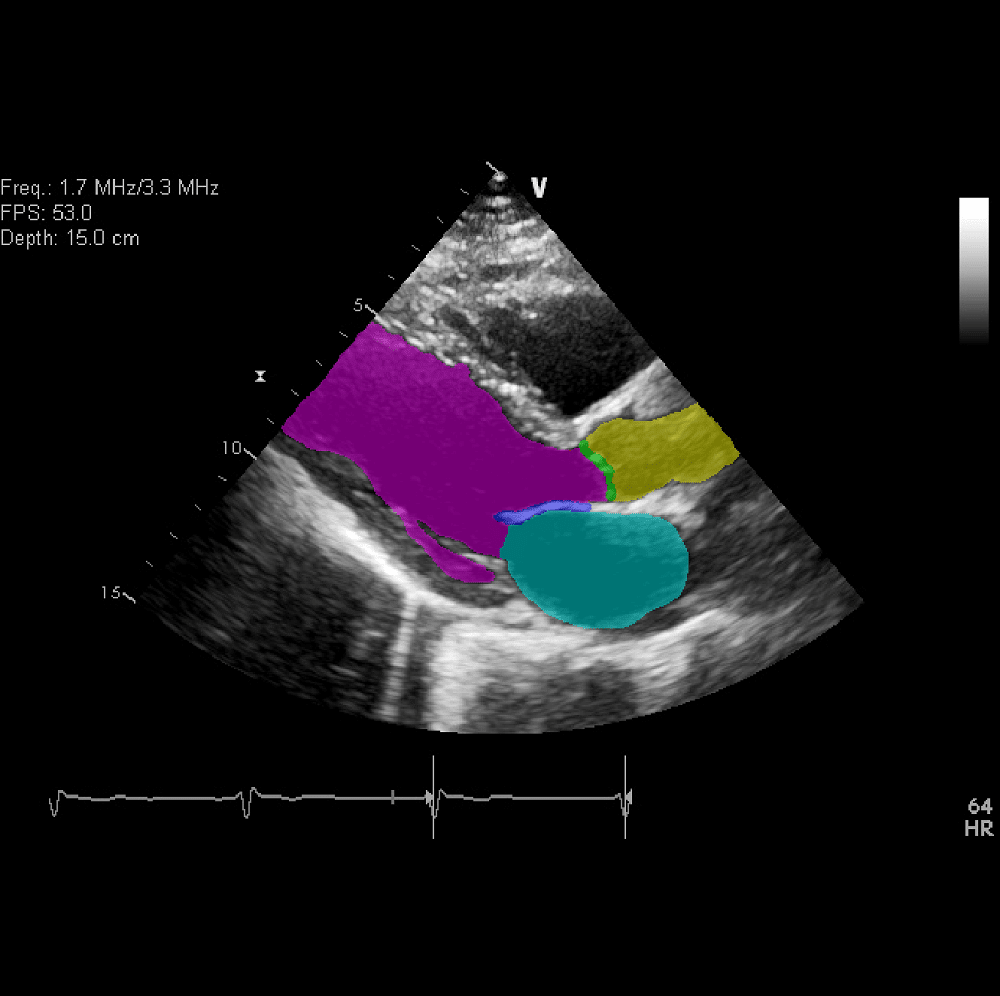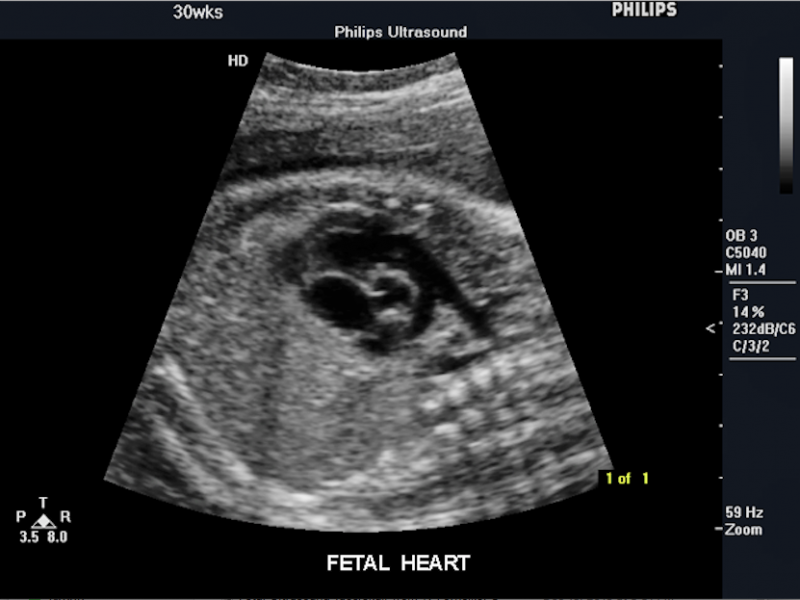

Heartbeats are best detected with transvaginal ultrasounds early in pregnancy.Ĭoncern typically develops if there is no fetal heart activity in an embryo with a crown-rump length greater than 5mm. The heartbeat may not be detected for reasons that include: tipped uterus, larger abdomen, or inaccurate dating with last menstrual period. Answers to common questions: If an ultrasound is done at 6 to 7 weeks and a heartbeat is not detected, does that mean there is a problem? It is recommended that ultrasound only be used if medically indicated. The long-term effects of repeated ultrasound exposures on the fetus are not fully known. The ultrasound is a noninvasive procedure which, when used properly, has not demonstrated fetal harm. What are the risks and side effects to the mother or baby? Identify uterine and pelvic abnormalities of the mother.Identify hydramnios or oligohydramnios – excessive or reduced levels of amniotic fluid.Weeks 18-20 for congenital malformations.Weeks 13-14 for characteristics of potential Down syndrome.Measure the crown-rump length or gestational age.Ultrasounds are usually combined with other tests, such as triple tests, amniocentesis, or chorionic villus sampling, to validate a diagnosis.Īn ultrasound exam may be performed throughout pregnancy for the following medically-necessary reasons: This is a diagnostic procedure that detect or aid in the detection of abnormalities and conditions related to pregnancy. The average number of test varies with each healthcare provider.Īdditional ultrasounds might be ordered separately if your healthcare provider suspects a complication or problem related to your pregnancy. Because ultrasound should only be used when medically indicated, many healthy pregnancies will not require the test. There is not a recommended number of ultrasounds that should be performed during routine prenatal care. Transvaginal scans may be used early in pregnancy to diagnose a potential ectopic or molar pregnancies. Ultrasounds may be performed at any point during pregnancy, and the results are seen immediately on a monitor during the procedure. Sometimes, your provider may determine that for certain conditions or to look at the baby from a particular angle, you may need a transvaginal ultrasound, which involves a probe placed in the vagina instead of on top of your abdomen.You will be able to see the scan as it takes place, and ask the sonographer questions about what you see.


The sound waves bounce off bones and tissue returning back to the transducer to generate black and white images of the fetus. You may be asked to turn on one side if images are needed from a different position. The sonographer will move a smooth probe back and forth across your abdomen and watch the images on a monitor.After you lie down on the examination table, the sonographer will apply a warm gel to your belly so that the ultrasound probe can make good contact.An ultrasound generally takes from 30 to 60 minutes, depending on how detailed the scan is.
Heart sonogram full#


 0 kommentar(er)
0 kommentar(er)
